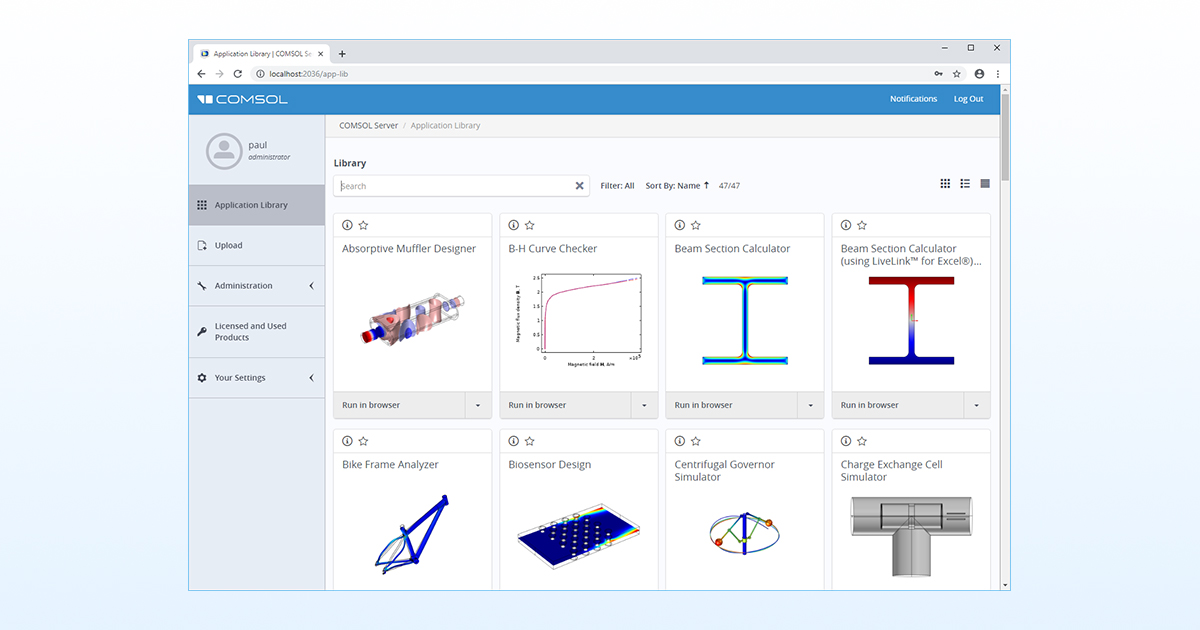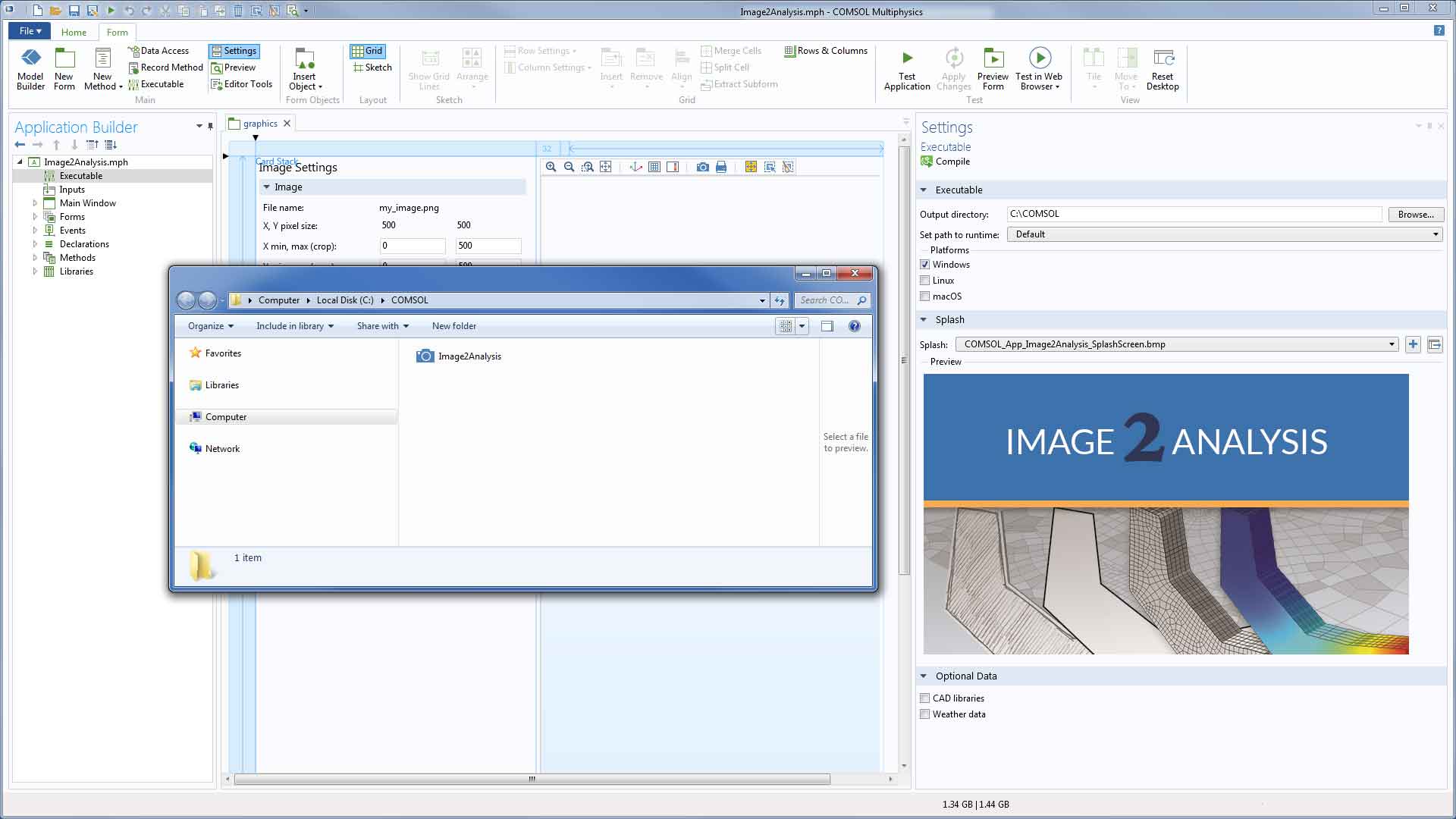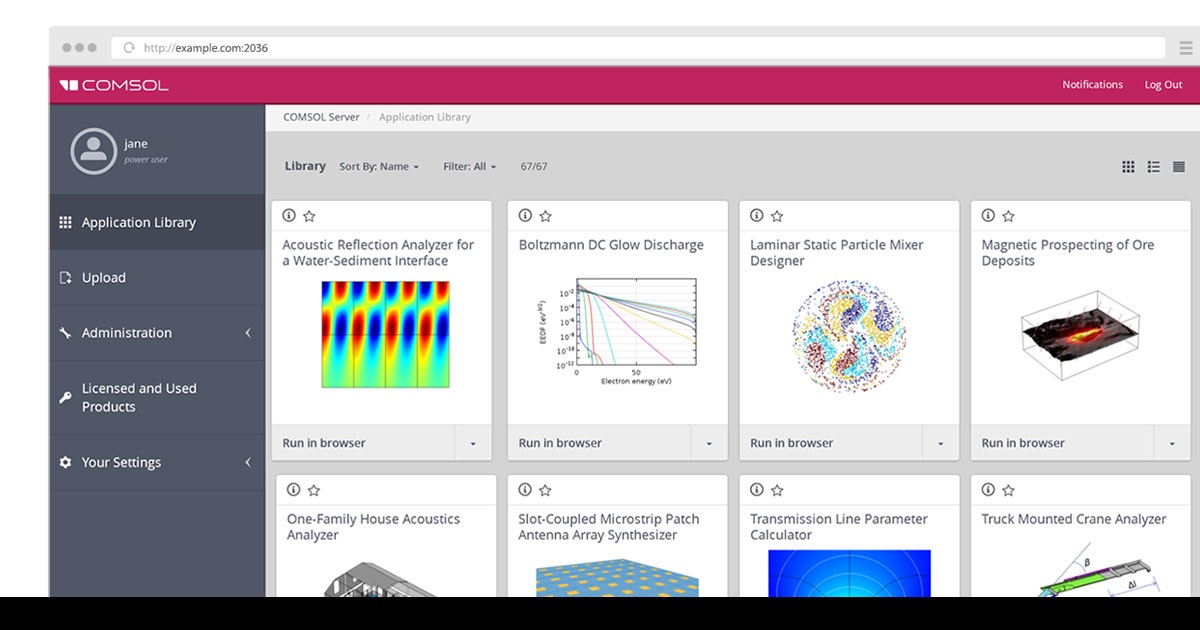



So really, it’s like having an infinite number of “element” types. (You can think of writing down any system of equations you want.) Then, just before solving, COMSOL initiates discretization “on-the-fly”. COMSOL, on the other hand, first allows the user to combine physics in any way. If you want to analyze a combination of physics for which no elements have been created (a priori) you either have to couple multiple solvers or you’re out of luck.

These are fixed discretizations, usually associated with a mesh, that describe certain physics or combinations of physics. However, the way COMSOL Multiphysics implements this to perform finite element analysis (FEA) is so clever that we patented it. Indeed it should be, since that is the primary method employed by COMSOL. The COMSOL Implementation of FEAĬOMSOL Multiphysics is often thought of as a finite element method (FEM) code. Now, for those who want to understand, in broad terms, what makes COMSOL Multiphysics special “under the hood”, read on. Still, there is a segment of the population that can open the hood of a car, understand the technology, and achieve optimized performance by making changes. I like to use the analogy of a car: most of us just drive it. The equations will still be there, behind the scenes and doing their work, but you don’t have to worry about them. Just use the physics putting the material properties and other governing parameters that you’re used to. So if you don’t have a taste for equations, no problem. This is a fact demonstrated by the wide user-base of COMSOL Multiphysics. While considering this, I realized that there is more to the story, and with a little perspective, the community could benefit from further discussion.įirst off, let me be clear about one thing: multiphysics is useful to all engineers regardless of their knowledge of theory. This blog post instigated reader comments, and most of the respondents appreciated, or even required, the ability to look at the mathematical model (i.e., equations) behind the physics. In a popular post from last year, I discussed accessing and manipulating the underlying equations in COMSOL.


 0 kommentar(er)
0 kommentar(er)
